文章目录
- 一、SpringMVC 概述
- 二、springMVC步骤
- 1、新建maven的web项目
- 2、导入maven依赖
- 3、创建controller
- 4、创建spring-mvc.xml配置文件(本质就是spring的配置件)
- 5、web.xml中配置前端控制器
- 6、新建a.jsp文件
- 7、配置tomcat
- 8、启动测试
- 三、工作流程分析
- 四、请求参数的绑定
- 五、响应
- 1、转发(默认)
- 2、重定向
- 3、配置视图解析器
- 六、拦截器
- 1、拦截器( Interceptor)
- 2、拦截器使用步骤
- 2.1、实现HandlerInterceptor接口
- 2.2、配置拦截器
- 2.3、拦截器配置项
- 2.4、拦截器的使用场景
- 2.5、拦截器登录案例
- 七、文件上传
- 1、导入maven依赖
- 2、前端页面
- 3、配置多媒体解析器
- 4、后台代码
- 5、前端代码使用现成的。如果jquery不能用了,可以引用网络地址
一、SpringMVC 概述
Spring MVC是Spring Framework提供的Web组件,全称是Spring Web MVC,是目前主流的实现MVC设计模式的框架,提供前端路由映射、视图解析等功能
Java Web开发者必须要掌握的技术框架
三层架构
-
表现层:负责数据展示
-
业务层:负责业务处理
-
数据层:负责数据操作
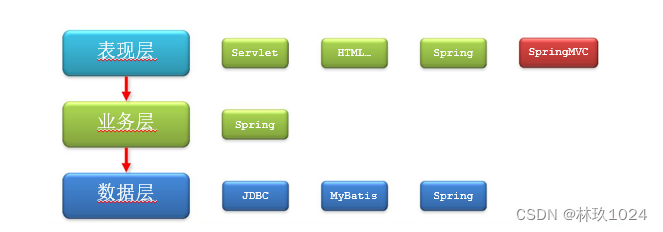
概念
-
Spring MVC 是Spring提供的一个实现了Web MVC设计模式的轻量级Web框架。
-
MVC(Model View Controller),一种用于设计创建Web应用程序表现层的模式
- Model(模型):数据模型,用于封装数据
- View(视图):页面视图,用于展示数据
- Controller(Handle 处理器):处理用户交互的调度器,用于根据用户需求处理程序逻辑
二、springMVC步骤
1、新建maven的web项目
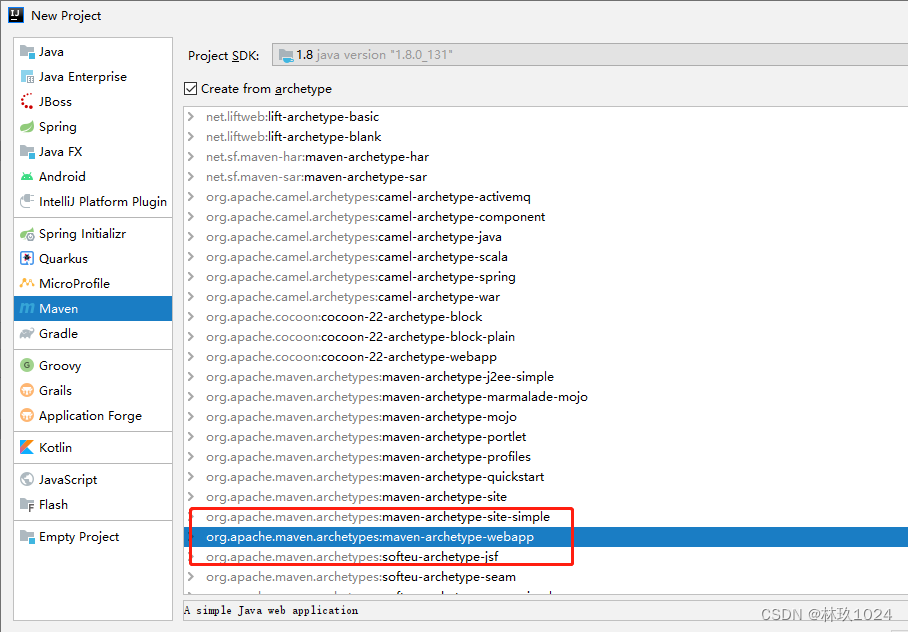
2、导入maven依赖
<dependency>
<groupId>junit</groupId>
<artifactId>junit</artifactId>
<version>4.11</version>
<scope>test</scope>
</dependency>
<!-- servlet3.1规范的坐标 -->
<dependency>
<groupId>javax.servlet</groupId>
<artifactId>javax.servlet-api</artifactId>
<version>3.1.0</version>
<scope>provided</scope>
</dependency>
<!--jsp坐标-->
<dependency>
<groupId>javax.servlet.jsp</groupId>
<artifactId>jsp-api</artifactId>
<version>2.1</version>
<scope>provided</scope>
</dependency>
<!--spring的坐标-->
<dependency>
<groupId>org.springframework</groupId>
<artifactId>spring-context</artifactId>
<version>5.1.9.RELEASE</version>
</dependency>
<!--spring web的坐标-->
<dependency>
<groupId>org.springframework</groupId>
<artifactId>spring-web</artifactId>
<version>5.1.9.RELEASE</version>
</dependency>
<!--springmvc的坐标-->
<dependency>
<groupId>org.springframework</groupId>
<artifactId>spring-webmvc</artifactId>
<version>5.1.9.RELEASE</version>
</dependency>
3、创建controller
@Controller
public class UserController {
@RequestMapping("/save")
public String say(){
System.out.println("你好");
return "a.jsp";
}
}
4、创建spring-mvc.xml配置文件(本质就是spring的配置件)
<?xml version="1.0" encoding="UTF-8"?>
<beans xmlns="http://www.springframework.org/schema/beans"
xmlns:context="http://www.springframework.org/schema/context"
xmlns:xsi="http://www.w3.org/2001/XMLSchema-instance"
xsi:schemaLocation="http://www.springframework.org/schema/beans
http://www.springframework.org/schema/beans/spring-beans.xsd
http://www.springframework.org/schema/context
http://www.springframework.org/schema/context/spring-context.xsd
">
<context:component-scan base-package="com.xinzhi"/>
</beans>
5、web.xml中配置前端控制器
<servlet>
<servlet-name>DispatcherServlet</servlet-name>
<servlet-class>org.springframework.web.servlet.DispatcherServlet</servlet-class>
<init-param>
<param-name>contextConfigLocation</param-name>
<param-value>classpath*:spring-mvc.xml</param-value>
</init-param>
</servlet>
<servlet-mapping>
<servlet-name>DispatcherServlet</servlet-name>
<url-pattern>/</url-pattern>
</servlet-mapping>
6、新建a.jsp文件
7、配置tomcat
8、启动测试
注意如果报找不到包: mvn idea:module
三、工作流程分析
- 服务器启动
- 加载web.xml中DispatcherServlet
- 读取spring-mvc.xml中的配置,加载所有com.xinzhi包中所有标记为bean的类
- 读取bean中方法上方标注@RequestMapping的内容
- 处理请求
- DispatcherServlet配置拦截所有请求 /
- 使用请求路径与所有加载的@RequestMapping的内容进行比对
- 执行对应的方法
- 根据方法的返回值在webapp目录中查找对应的页面并展示
-
web三大组件有 处理器映射,处理器适配器, 视图解析器
1 dispatcherServlet 前置控制器,负责接收并处理所有的web请求,根据handlerMapping(处理器映射)找到具体的Controller(处理器),由controller完成具体的处理逻辑。
2 HandlerMapping(处理器映射器):负责处理web请求和具体的Controller之间的映射关系匹配。
3HandlerAdapter(处理器适配器) 通过 HandlerAdapter 对处理器进行执行,这是适配器模式的应用,通过扩展适配器可以对更多类型的处理器进行执行。 主要处理方法参数、相关注解、数据绑定、消息转换、返回值、调用视图解析器等等。
4.Controller(处理器):DispatherServlet的次级控制器,web请求的具体处理者。DispatherServlet获得handlerMapping的返回结果后,调用controller的处理方法处理当前的业务请求,处理完成后返回ModelAndView对象。
5 ViewResolver( 视图解析器):用来处理视图名与具体的view实例之间的映射对应关系。根据ModelAndView中的视图名查找相应的View实现类,然后将查找的结果返回给DispatcherServlet,DispatcherServlet最终会将ModelAndView中的模型数据交给返回的View处理最终的视图渲染工作。

Springmvc架构原理解析
第一步:发起请求到前端控制器(DispatcherServlet)
第二步:前端控制器请求HandlerMapping查找 Handler,可以根据xml配置、注解进行查找
第三步:处理器映射器HandlerMapping向前端控制器返回Handler
第四步:前端控制器调用处理器适配器去执行Handler
第五步:处理器适配器去执行Handler
第六步:Handler执行完成给适配器返回ModelAndView
第七步:处理器适配器向前端控制器返回ModelAndView
ModelAndView是springmvc框架的一个底层对象,包括 Model和view
第八步:前端控制器请求视图解析器去进行视图解析
根据逻辑视图名解析成真正的视图(jsp)
第九步:视图解析器向前端控制器返回View
第十步:前端控制器进行视图渲染
视图渲染将模型数据(在ModelAndView对象中)填充到request域
第十一步:前端控制器向用户响应结果
四、请求参数的绑定
- 默认类型:
直接放在参数上就可以使用的数据,HttpServletRequest
- 简单类型:
直接将简单类型的数据放在方法里,如果前端参数和后端参数名字一样,自动匹配;
名字不一样:@RequsetParam(“前端的值”) 就可以将前传的值和后端参数映射
- 对象 :
前端的参数要和对象的属性名称必须一致,会自动封装。
- 对象嵌套:
参数和对象的属性名称一致,前端参数对象子属性必须(子对象.属性)
- 自定义数据的绑定
5.1 编写转换器类,作用是将前端的数据类型转换成后端的数据类型,继承converter
5.2 配置文件中,添加转化器驱动
- 数组
前端数组中是简单类型的数据,那么前端数组中的name要和后端数组名称一致
- 集合
后端接受的对象是含有List<对象>属性的,那么前端的name值格式要和后端list属性名称一致,而且用索引的格式 list[0].属性(list集合里对象的属性名称)
# 1 默认类型:
@RequestMapping("/m1")
public ModelAndView say(HttpServletRequest request, ModelAndView modelAndView){
String name = request.getParameter("name");
System.out.println(name);
modelAndView.setViewName("a.jsp");
modelAndView.addObject("name", name);
return modelAndView;
}
jsp页面中要引入
<%@ page isELIgnored="false"%>
<%@ taglib prefix="c" uri="http://java.sun.com/jsp/jstl/core"%>
<body>
${name}
</body>
# 简单类型:
@RequestMapping("/m2")
public String say2(@RequestParam("username") String name, String age){
System.out.println(name);
System.out.println(age);
return "a.jsp";
}
# 对象类型
@RequestMapping("/m3")
public String say3(Student student){
System.out.println(student);
return "b.jsp";
}
访问路径: http://localhost:8080/webdemo_war/m4?id=1&num=111122223333&user.age=11&user.username=%E9%9F%A9%E5%93%A5%E5%93%A5
# 数组
@RequestMapping("/m5")
public String say5(Integer[] ids){
if(ids!=null){
for (Integer id : ids) {
System.out.println(id);
}
}
return "b.jsp";
}
访问路径:http://localhost:8080/webdemo_war/m5?ids=1&ids=2
# list类型
@RequestMapping("/m6")
public String say6(@RequestParam("hobby")List<String> hobby){
System.out.println(hobby);
return "b.jsp";
}
http://localhost:8080/webdemo_war/m6?hobby=%E6%B8%B8%E6%B3%B3&hobby=%E6%B3%A1%E5%A6%9E
注意: SpringMVC默认将List作为对象处理,赋值前先创建对象,然后将hobby作为对象的属性进行处理。由于
List是接口,无法创建对象,报无法找到构造方法异常;修复类型为可创建对象的ArrayList类型后,对象可
以创建,但没有hobby属性,因此数据为空。此时需要告知SpringMVC的处理器hobby是一组数据,而不是一个单
一数据。通过@RequestParam注解,将数量大于1个names参数打包成参数数组后, SpringMVC才能识别该数
据格式,并判定形参类型是否为数组或集合,并按数组或集合对象的形式操作数据。
-
自定义数据绑定
- 定义转换器
public class MyDateConverter implements Converter<String, Date> { @Override public Date convert(String s) { DateFormat df = new SimpleDateFormat("yyyy-MM-dd"); Date date = null; try { date = df.parse(s); } catch (ParseException e) { e.printStackTrace(); } return date; } }- 注解驱动,使转换器起作用
<!--1.将自定义Converter注册为Bean,受SpringMVC管理--> <bean id="myDateConverter" class="com.xinzhi.converter.MyDateConverter"/> <!--2.设定自定义Converter服务bean--> <bean id="conversionService" class="org.springframework.context.support.ConversionServiceFactoryBean"> <!--3.注入所有的自定义Converter,该设定使用的是同类型覆盖的思想--> <property name="converters"> <!--4.set保障同类型转换器仅保留一个,去重规则以Converter<S,T>的泛型为准--> <set> <!--5.具体的类型转换器--> <ref bean="myDateConverter"/> </set> </property> </bean> <!--开启注解驱动,加载自定义格式化转换器对应的类型转换服务--> <mvc:annotation-driven conversion-service="conversionService"/>
五、响应
1、转发(默认)
- controller返回值是String return “forward:page.jsp”;
2、重定向
- controller返回值是String return “redirect:page.jsp”;
3、配置视图解析器
# 展示页面的保存位置通常固定,且结构相似,可以设定通用的访问路径,简化页面配置格式
<bean class="org.springframework.web.servlet.view.InternalResourceViewResolver">
<property name="prefix" value="/WEB-INF/page/"/>
<property name="suffix" value=".jsp"/>
</bean>
六、拦截器
1、拦截器( Interceptor)
- 是一种动态拦截方法调用的机制
# 作用:
1. 在指定的方法调用前后执行预先设定后的的代码
2. 阻止原始方法的执行
# 核心原理:
AOP思想
# 拦截器链:
多个拦截器按照一定的顺序,对原始被调用功能进行增强
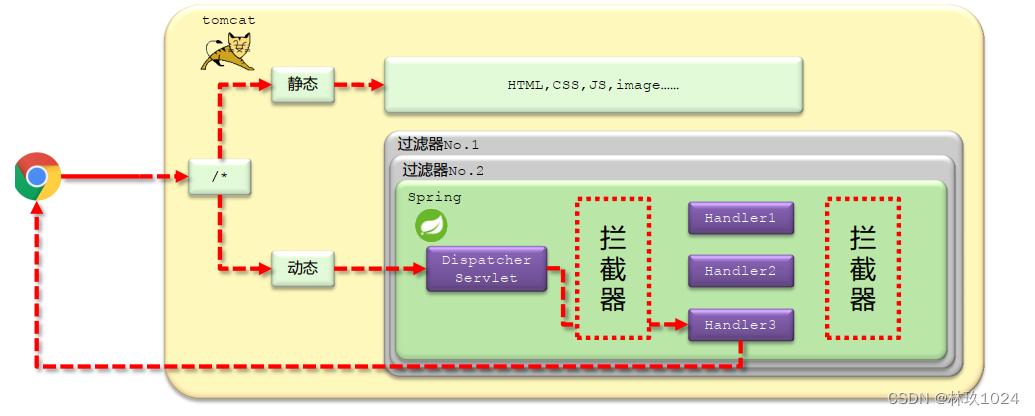
2、拦截器使用步骤
2.1、实现HandlerInterceptor接口
/**
* 三个方法的运行顺序为 preHandle -> postHandle -> afterCompletion
* 如果preHandle返回值为false,三个方法仅运行preHandle
*/
public class MyInterceptor implements HandlerInterceptor {
@Override
public boolean preHandle(HttpServletRequest request, HttpServletResponse response, Object handler) throws Exception {
System.out.println("前置运行----a1");
//返回值为false将拦截原始处理器的运行
//如果配置多拦截器,返回值为false将终止当前拦截器后面配置的拦截器的运行
return true;
}
@Override
public void postHandle(HttpServletRequest request, HttpServletResponse response, Object handler, ModelAndView modelAndView) throws Exception {
System.out.println("后置运行----b1");
}
@Override
public void afterCompletion(HttpServletRequest request, HttpServletResponse response, Object handler, Exception ex) throws Exception {
System.out.println("完成运行----c1");
}
}
2.2、配置拦截器
<mvc:interceptors>
<mvc:interceptor>
<mvc:mapping path="/m8"/>
<bean class="com.xinzhi.intercepter.MyInterceptor"/>
</mvc:interceptor>
</mvc:interceptors>
2.3、拦截器配置项
<mvc:interceptors>
<!--开启具体的拦截器的使用,可以配置多个-->
<mvc:interceptor>
<!--设置拦截器的拦截路径,支持*通配-->
<!--/** 表示拦截所有映射-->
<!--/* 表示拦截所有/开头的映射-->
<!--/user/* 表示拦截所有/user/开头的映射-->
<!--/user/add* 表示拦截所有/user/开头,且具体映射名称以add开头的映射-->
<!--/user/*All 表示拦截所有/user/开头,且具体映射名称以All结尾的映射-->
<mvc:mapping path="/*"/>
<mvc:mapping path="/**"/>
<mvc:mapping path="/handleRun*"/>
<!--设置拦截排除的路径,配置/**或/*,达到快速配置的目的-->
<mvc:exclude-mapping path="/b*"/>
<!--指定具体的拦截器类-->
<bean class="MyInterceptor"/>
</mvc:interceptor>
</mvc:interceptors>
2.4、拦截器的使用场景
1)日志记录:记录请求信息的日志,以便进行信息监控、信息统计、计算PV(Page View)等。
2)权限检查:如登录检测,进入处理器检测是否登录,如果没有直接返回到登录页面;
3)性能监控:有时候系统在某段时间莫名其妙的慢,可以通过拦截器在进入处理器之前记录开始时间,在处理完后记录结束时间,从而得到该请求的处理时间(如果有反向代理,如apache可以自动记录);
2.5、拦截器登录案例
@Override
public boolean preHandle(HttpServletRequest request, HttpServletResponse response, Object o) throws Exception {
String uri = request.getRequestURI();
if(uri.equal("/login")){
return true;
}
HttpSession session = request.getSession();
Object user = session.getAttribute("USER_SESSION");
if(user!=null){
return true;
}
request.setAttribute("msg","未登陆状态");
request.getRequestDispatcher("/WEB-INF/jsp/login.jsp").forward(request,response);
return false;
}
<mvc:interceptors>
<mvc:interceptor>
<mvc:mapping path="/**" />
<bean class="com.soft.interceptor.LoginInterceptor" />
</mvc:interceptor>
</mvc:interceptors>
七、文件上传
1、导入maven依赖
commons-fileupload commons-fileupload 1.42、前端页面
<form action="/fileupload" method="post" enctype="multipart/form-data">
上传LOGO: <input type="file" name="file"/><br/>
<input type="submit" value="上传"/>
</form>
3、配置多媒体解析器
<bean id="multipartResolver"
class="org.springframework.web.multipart.commons.CommonsMultipartResolver">
</bean>
4、后台代码
package com.xinzhi.controller;
import org.apache.commons.io.FileUtils;
import org.springframework.http.HttpHeaders;
import org.springframework.http.HttpStatus;
import org.springframework.http.MediaType;
import org.springframework.http.ResponseEntity;
import org.springframework.stereotype.Controller;
import org.springframework.ui.Model;
import org.springframework.web.bind.annotation.RequestMapping;
import org.springframework.web.bind.annotation.RequestMethod;
import org.springframework.web.multipart.MultipartFile;
import javax.servlet.http.HttpServletRequest;
import java.io.File;
import java.io.IOException;
import java.io.UnsupportedEncodingException;
import java.net.URLEncoder;
import java.util.UUID;
@Controller
public class FileUploadController {
/**
* 上传页面跳转
* @return
*/
@RequestMapping(value = "/upload",method = RequestMethod.GET)
public String upload(){
return "fileUpload";
}
/**
* 下载页面跳转
* @return
*/
@RequestMapping(value = "/down",method = RequestMethod.GET)
public String down(){
return "download";
}
/**
* 上传逻辑
* @param uploadfile 上传的文件数组
* @return
*/
@RequestMapping(value = "/fileUpload",method = RequestMethod.POST)
public String uploadFile(MultipartFile[] uploadfile){
for (MultipartFile file : uploadfile) {
//获取文件名称
String filename = file.getOriginalFilename();
//存在服务器上名称的修改
filename = UUID.randomUUID()+"_"+filename;
// 定义服务器上的存储路径
String dirPath = "C:/file/";
File filePath = new File(dirPath);
// 判断路径是否存在,不存在就创建
if(!filePath.exists()){
filePath.mkdir();
}
try {
// 文件上传的核心
file.transferTo(new File(dirPath+filename));
} catch (IOException e) {
e.printStackTrace();
return "error";
}
}
return "success";
}
@RequestMapping("/download")
public ResponseEntity<byte[]> fileDownload(HttpServletRequest request,String filename) throws UnsupportedEncodingException {
//指定文件下载地址的目录 filename -> 美女.jpg
String dirPath = "F:/file";
// 指定下载的文件名称
File file = new File(dirPath + File.separator + filename);
HttpHeaders headers = new HttpHeaders();
// 解决不同浏览器之间乱码问题
filename = getFilename(request, filename);
//告诉浏览器,打开方式(附件)
headers.setContentDispositionFormData("attachment",filename);
//以二进制字节流的方式下载
headers.setContentType(MediaType.APPLICATION_OCTET_STREAM);
try {
return new ResponseEntity<>(FileUtils.readFileToByteArray(file),headers, HttpStatus.OK);
} catch (IOException e) {
e.printStackTrace();
return new ResponseEntity<>(e.getMessage().getBytes(), HttpStatus.EXPECTATION_FAILED);
}
}
/**
* 不同浏览器的版本兼容
* @param request
* @param filename
* @return
* @throws UnsupportedEncodingException
*/
private String getFilename(HttpServletRequest request,String filename) throws UnsupportedEncodingException {
//判断是不是IE内核的关键字
String[] IEBrowerKeyWords = {"MSIE","Trident","Edge"};
String keywords = request.getHeader("User-Agent");
for (String keyWord : IEBrowerKeyWords) {
if(keywords.contains(keyWord)){ //判断是否为IE浏览器
return URLEncoder.encode(filename,"UTF-8");
}
}
// 其他浏览器编码格式ISO-8859-1
return new String(filename.getBytes("UTF-8"),"ISO-8859-1");
}
}
5、前端代码使用现成的。如果jquery不能用了,可以引用网络地址
<script src="http://code.jquery.com/jquery-latest.js"></script>


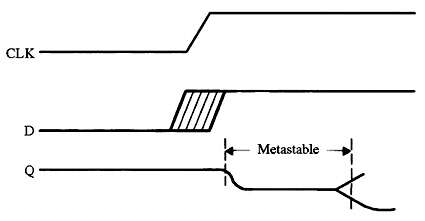
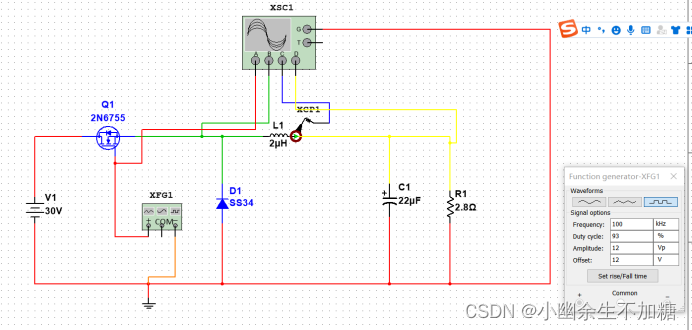
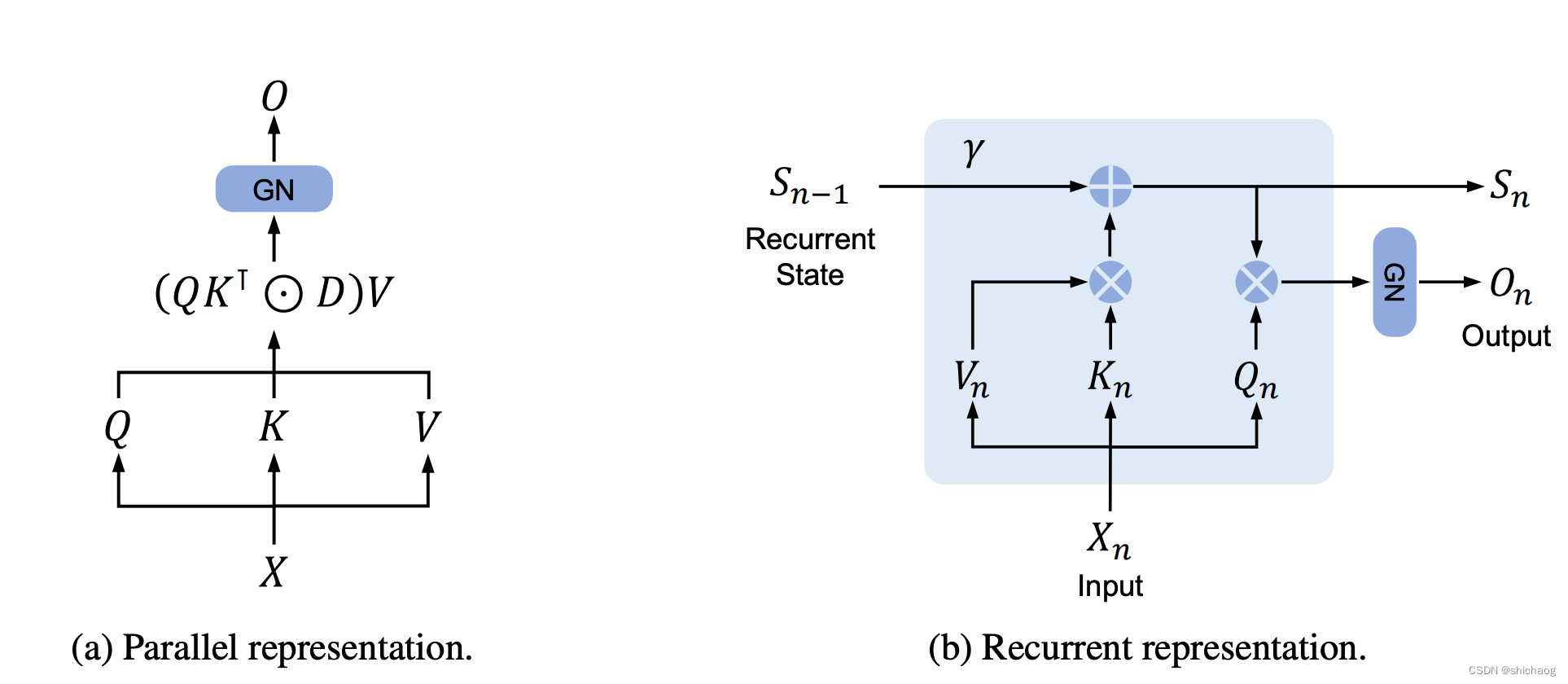




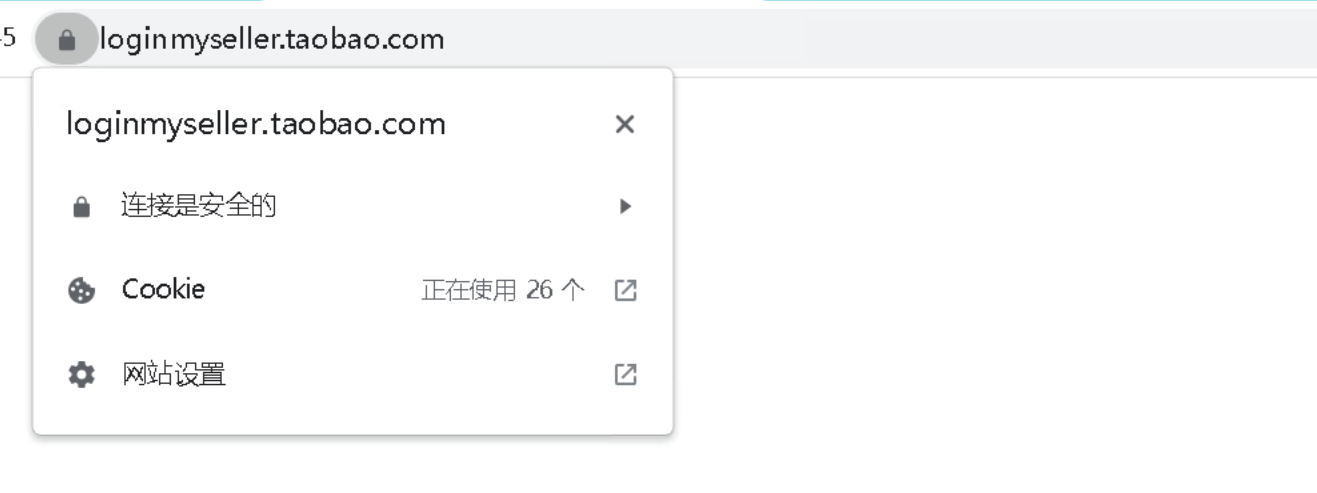
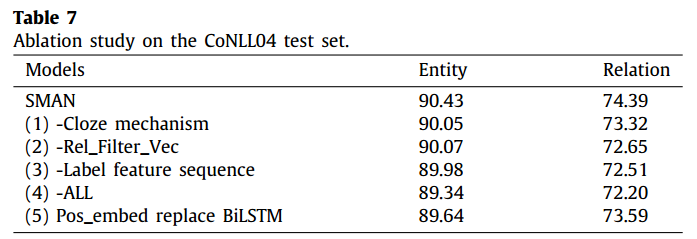

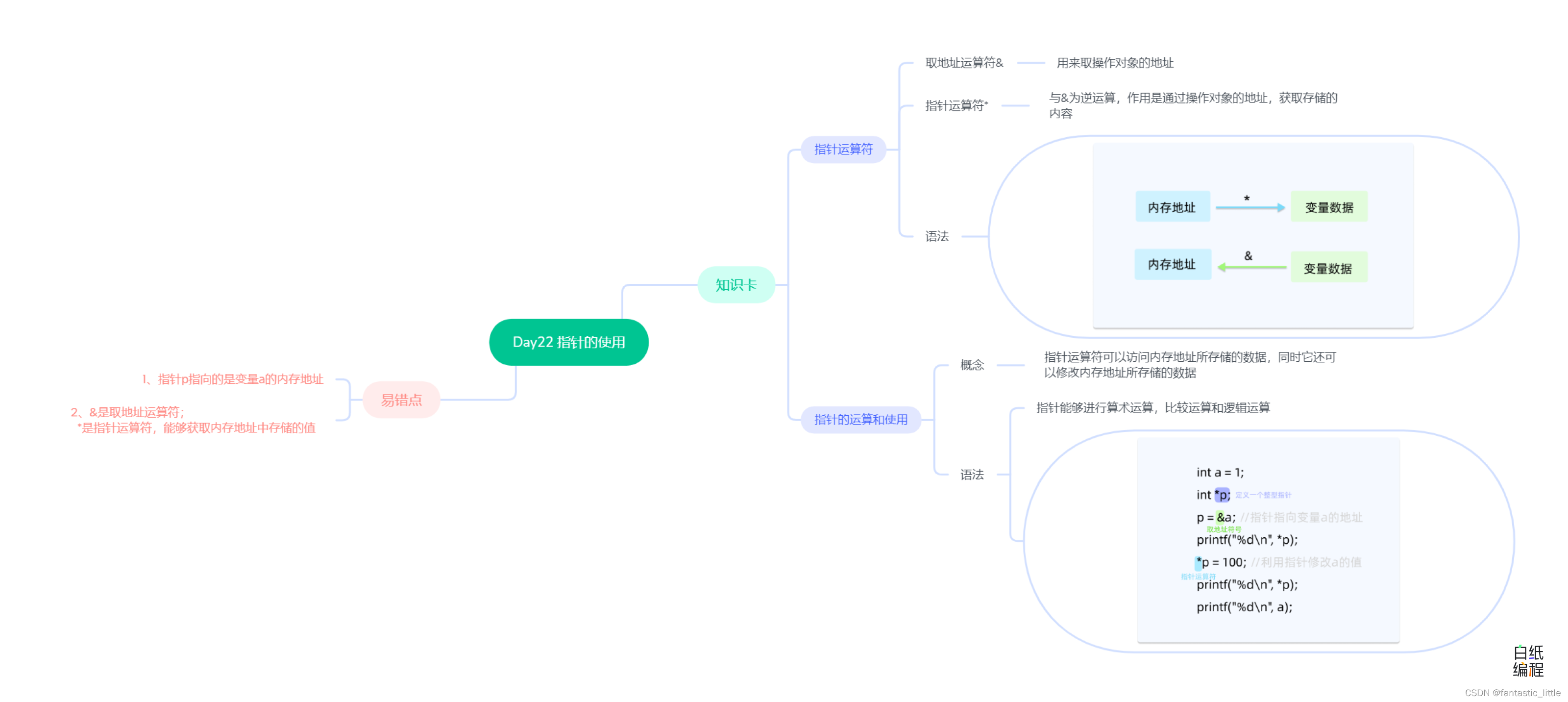


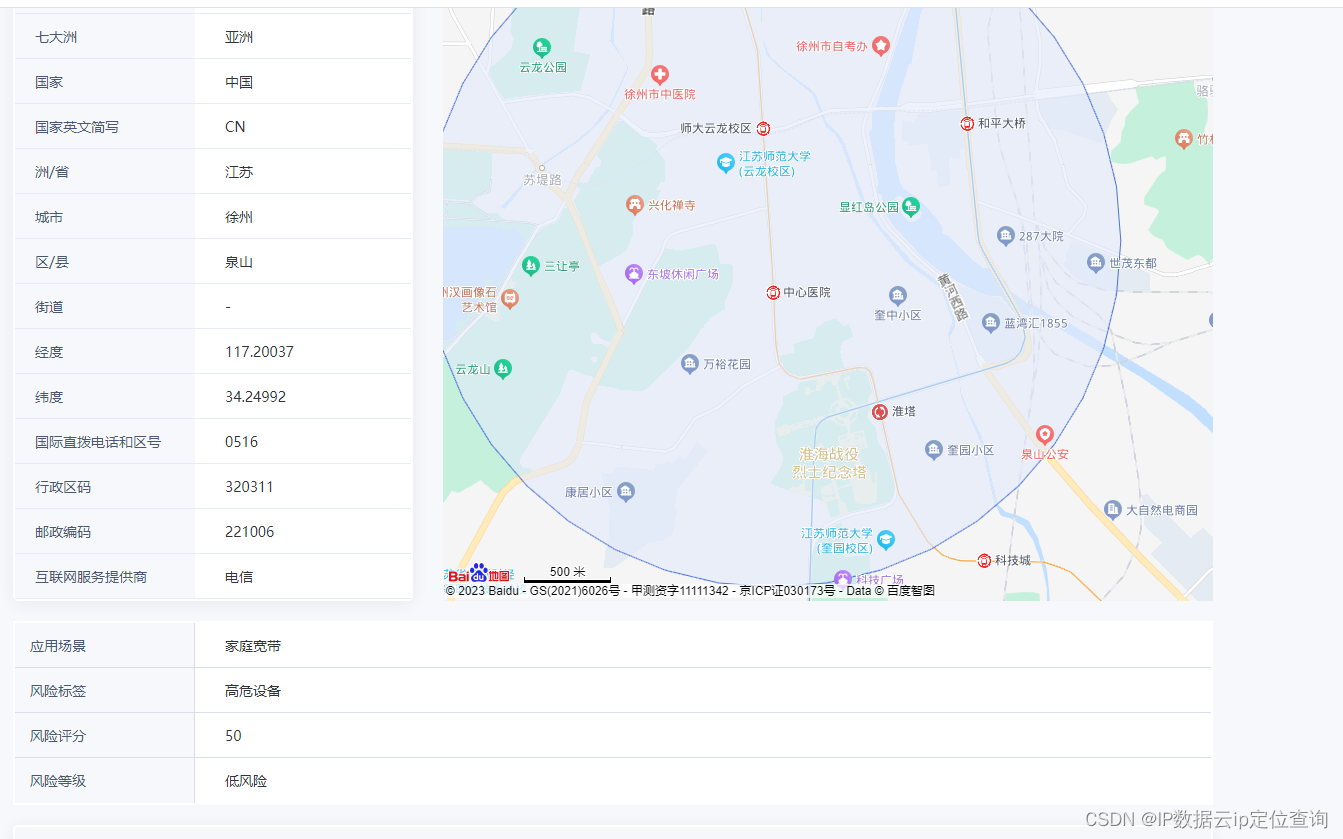


![[Git入门]---gitee注册及代码提交](https://img-blog.csdnimg.cn/893e5841d7e545b1bba839e9cc795b53.png)
